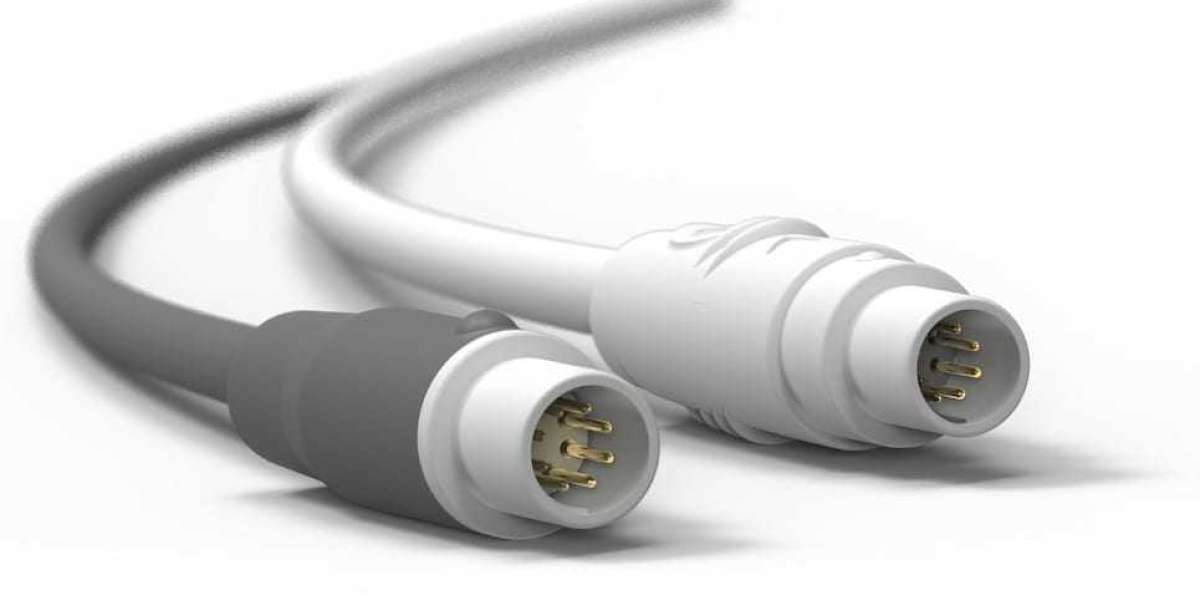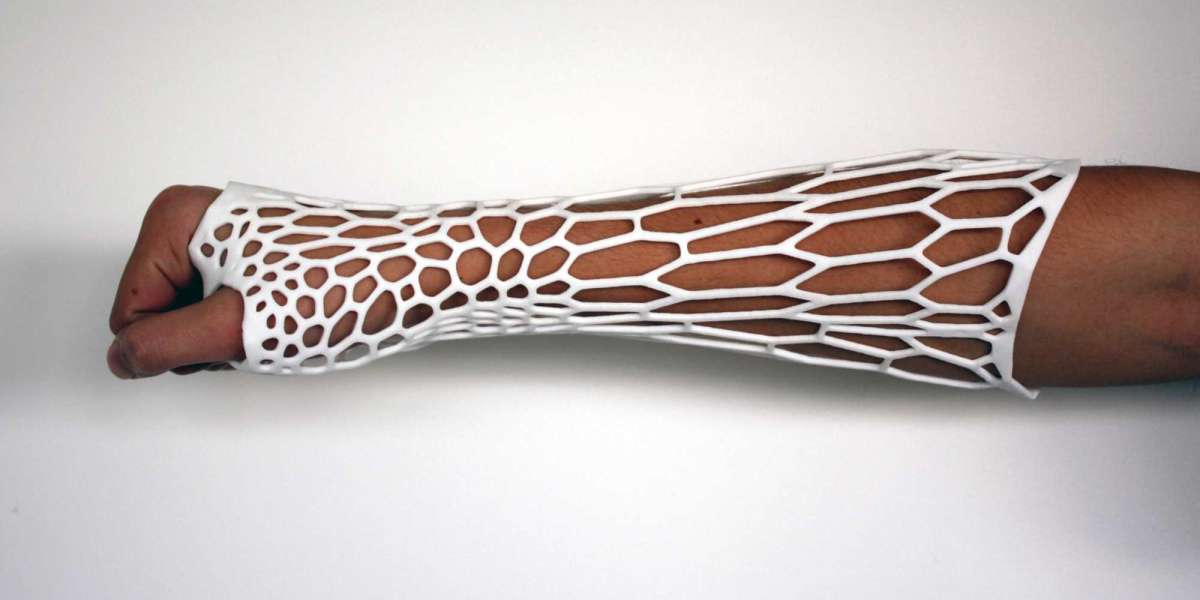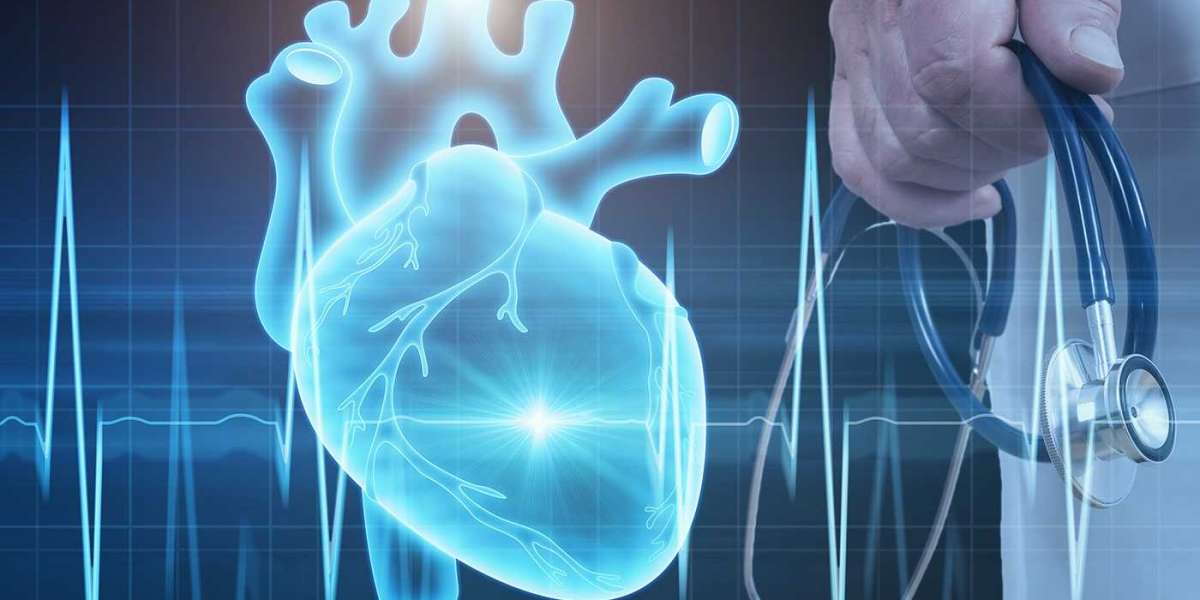Market Insights
According to the latest market research report by Market Research Future (MRFR), The Medical Connector Market is projected to grow at a rate of 7.79%. It is estimated that the market value will reach around USD 2 Billion during the forecast period 2017-2023.
Medical Connectors refer to the devices that connect medical equipment such as ventilators, monitors, and other devices to a power source and other equipment. These connectors are used in hospitals and other healthcare facilities to ensure that medical equipment is properly connected and functioning. During the COVID-19 pandemic, the demand for medical connectors has increased significantly as more hospitals and healthcare facilities have been using ventilators and other medical equipment to treat patients with COVID-19. The increased demand has led to shortages of some types of medical connectors, and manufacturers have had to ramp up production to meet the demand. Additionally, the increased demand for medical equipment during the pandemic has also led to higher prices for some types of medical connectors.
Ask Us to Get Your Sample PDF Report - https://www.marketresearchfuture.com/sample_request/4271
Market Segmentation
The Global Medical Connector market has been segmented into material, application, and end user.
Based on the material, the market has been segmented into Plastic, Metal.
Based on the application, the market has been segmented into Electrosurgical Devices, Enteral Devices, Analyzers and Processing Equipment, Diagnostic Imaging Devices, Cardiology Devices, Dental Instruments, Neurology Devices, Patient Monitoring Devices, Respiratory Devices, and Others.
Based on the end user, the market has been segmented into Imaging Centres and Diagnostic Laboratories, Clinics, and Hospitals, Ambulatory Surgical Centres, and Others.
Major Players:
Some of the key market players are Esterline Corporation, ITT Corporation, TE Connectivity Ltd., Fisher Connector, Samtec, Smiths Interconnect, Amphenol Corporation, Molex, Delphi Automotive LLP., Lemo S.A.
Introduction:
The rapid advancements in healthcare technology have revolutionized patient care, diagnostics, and treatment methodologies. At the heart of this transformation lies the medical connector market, a crucial component enabling seamless connectivity between medical devices, healthcare systems, and data management platforms.
Expanding Possibilities through Medical Connectors:
Medical connectors play a pivotal role in facilitating the exchange of data and power among medical devices, ensuring accurate diagnostics, monitoring, and treatment. As the global healthcare sector continues to witness unprecedented growth, the demand for efficient, reliable, and secure medical connectors is on the rise.
The report highlights that the medical connector market is projected to experience substantial growth in the coming years, driven by factors such as the increasing prevalence of chronic diseases, rising geriatric population, and the growing adoption of telehealth services. Moreover, the emergence of advanced medical devices, such as wearable sensors, implantable devices, and remote patient monitoring systems, further fuels the demand for innovative and high-performance medical connectors.
The Shift to Miniaturization and Integration:
One of the notable trends in the medical connector market is the shift towards miniaturization and integration. As medical devices become more compact and portable, the need for smaller connectors with high data transfer capabilities becomes imperative. Miniature connectors not only facilitate seamless connectivity but also contribute to improved patient comfort and mobility.
Moreover, integration plays a crucial role in simplifying complex medical systems. The integration of connectors within medical devices reduces the number of components, streamlines workflows, and enhances overall efficiency. It also minimizes the risk of potential errors and eliminates the need for multiple interfaces, enabling healthcare professionals to focus on delivering quality care.
Addressing Data Security and Interoperability Challenges:
In an era of increasing concerns about data security and privacy, medical connectors play a critical role in ensuring the safe and secure transmission of patient information. The report emphasizes the growing importance of medical connectors in maintaining data integrity and protecting sensitive medical records from potential cybersecurity threats.
Furthermore, interoperability remains a significant challenge in the healthcare industry. The ability of medical devices to seamlessly exchange and interpret data across different systems is essential for effective patient care. Medical connectors serve as the bridge between diverse medical devices, enabling them to communicate and share vital information, thereby facilitating coordinated care and improved clinical outcomes.
Related Reports
Digital Signage Market - http://icrowdnewswire.com/digital-signage-market-is-expected-to-reach-usd-21-367-1-million-with-a-cagr-of-7-2-by-2030-report-by-market-research-future-mrfr
Autonomous multifunctional agriculture robot Market - http://icrowdnewswire.com/autonomous-multifunctional-agriculture-robot-market-size-is-expected-to-grow-usd-1-278-5-million-at-a-cagr-16-7-by-2030
Conclusion:
The medical connector market is witnessing substantial growth, driven by the expanding healthcare landscape and the need for enhanced connectivity and interoperability. As technology continues to advance, medical connectors will play a pivotal role in shaping the future of healthcare, enabling seamless data transfer, real-time monitoring, and personalized treatment options. With a focus on miniaturization, integration, data security, and interoperability, the medical connector market is poised to offer innovative solutions that meet the evolving needs of healthcare professionals and patients alike.








